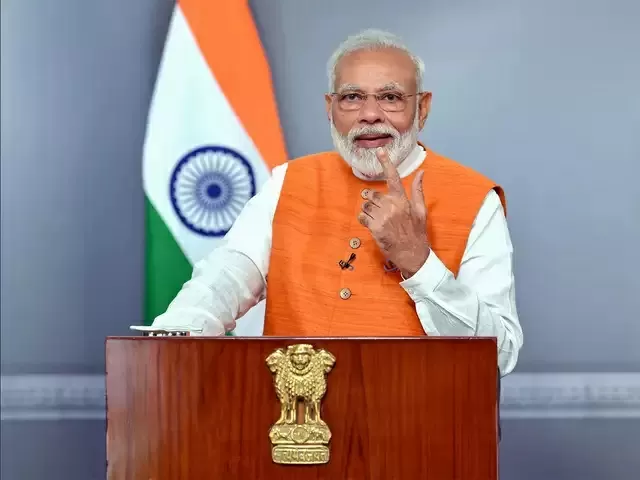The Prime Minister's authority over Government Ministers and Departments

The Prime Minister holds significant authority over government ministers and departments in a parliamentary system of government. This authority is derived from their position as the head of government and leader of the executive branch. Here's how the Prime Minister exercises authority over ministers and departments:
Appointment and Removal: The Prime Minister has the authority to appoint and dismiss government ministers, including cabinet ministers and other senior officials. They have the power to reshuffle the cabinet, reassign ministerial portfolios, and make changes to the composition of the government as needed.
Supervision and Oversight: The Prime Minister supervises the work of government ministers and departments, providing guidance, direction, and oversight to ensure that government policies are implemented effectively and efficiently. They hold ministers accountable for their performance and may intervene in departmental affairs when necessary.
Cabinet Leadership: As the head of the cabinet, the Prime Minister chairs cabinet meetings and sets the agenda for government discussions. They lead cabinet discussions, make decisions on policy matters, and ensure that government initiatives are coordinated across departments and agencies.
Policy Coordination: The Prime Minister coordinates government policies and initiatives across departments and agencies to ensure coherence, consistency, and alignment with government priorities. They foster collaboration among ministers, resolve interdepartmental conflicts, and address policy gaps to achieve government objectives.
Budgetary Authority: The Prime Minister is involved in the budgetary process, working with the finance minister and other cabinet members to set budget priorities, allocate resources, and oversee government spending. They ensure that departmental budgets reflect government policies and priorities and may intervene to reallocate funds or adjust spending as needed.
Representation and Communication: The Prime Minister represents government policies and decisions to the public, the media, and other stakeholders. They communicate government priorities, initiatives, and achievements, and ensure that ministers and departments effectively communicate government messages and objectives.
Crisis Management: During times of crisis or emergency, the Prime Minister provides leadership and direction to government ministers and departments in managing the government's response. They coordinate efforts, make critical decisions, and mobilize resources to address the crisis effectively and protect the well-being of the population.
Accountability and Performance: The Prime Minister holds ministers accountable for their actions and decisions, ensuring transparency, integrity, and accountability in government operations. They may conduct performance evaluations, address concerns, and take action to address deficiencies or misconduct within government departments.
Overall, the Prime Minister's authority over government ministers and departments is essential for effective governance, policy implementation, and the achievement of government objectives. They provide leadership, direction, and oversight to ensure that government functions efficiently and serves the interests of the country and its citizens.
Thank you,